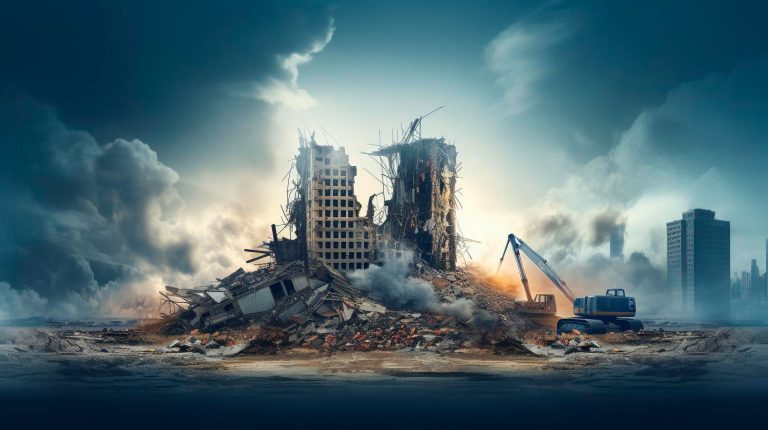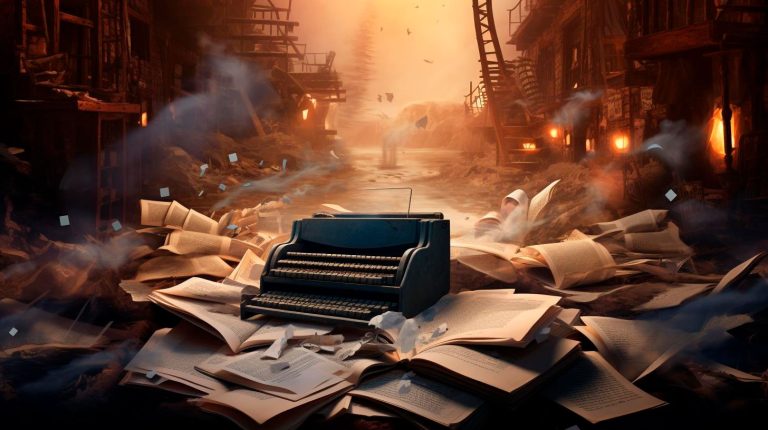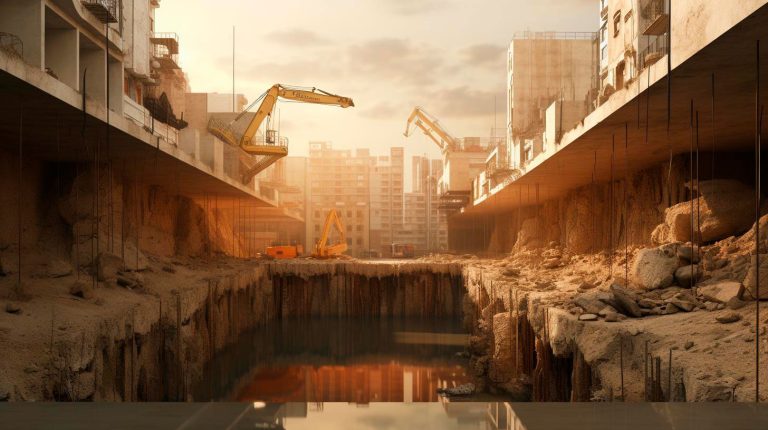One technique that allows photographers to achieve this is long exposure photography.
Long exposure photography involves using a slow shutter speed to capture motion blur. This technique is commonly used in landscape and night photography, but it can also be incredibly effective in sports photography, especially when used strategically.
The Advantages of Long Exposure in Sports Photography
Emphasizing the Sense of Motion: By intentionally blurring the moving subjects, long exposure photography adds a sense of speed and dynamism to the image. This can make your sports photos stand out from the crowd and truly capture the energy of the game.
Conveying the Atmosphere: Long exposure photography not only freezes the action but also allows you to capture the surrounding elements, such as crowds cheering or players celebrating. This adds depth and context to your images, providing a more immersive experience for the viewer.
Creating Stunning Light Trails: When shooting sports events held at night or indoors, long exposure photography can result in mesmerizing light trails. These trails are produced by moving objects, such as a sprinting athlete or a bouncing ball, leaving a visible path of light. It adds an artistic touch to your sports images, making them visually captivating.
Key Takeaways for Successful Long Exposure Sports Photography
Utilize a Tripod or Stabilization Equipment: A steady camera is essential for capturing sharp details while incorporating motion blur. Invest in a sturdy tripod or other stabilization equipment to ensure your camera remains stable during the long exposure.
Choose the Right Shutter Speed: The key to long exposure photography is finding the optimal shutter speed that allows enough time to capture the motion blur without completely losing the subject’s details. Experiment with different shutter speeds, starting around 1/10th of a second, and adjust accordingly.
Use Neutral Density Filters: In daylight conditions, long exposure photography may require the use of neutral density (ND) filters to reduce the amount of light entering the camera. They enable you to achieve slower shutter speeds without overexposing the image.
Scout for Strategic Shooting Spots: Before the sporting event begins, scout the location to find the best shooting spots. Look for areas where athletes move at high speed or where you can capture unique perspectives. Plan your compositions in advance for better results.
Conclusion: Elevate Your Sports Photography with Long Exposure
Long exposure photography opens up a world of creative possibilities in sports photography. By intentionally blurring the motion, you can produce images that truly embody the energy and excitement of the game. From emphasizing speed and motion to capturing stunning light trails, long exposure photography allows you to create compelling images that stand out from the crowd.
Remember, when practicing long exposure photography in sports, it’s important to use a tripod or other stabilization equipment for steady shots, choose the right shutter speed to balance motion blur and subject details, and consider using neutral density filters in bright lighting conditions. By applying these techniques, you can elevate your sports photography to new heights and capture moments that will leave viewers in awe.
















+ There are no comments
Add yours